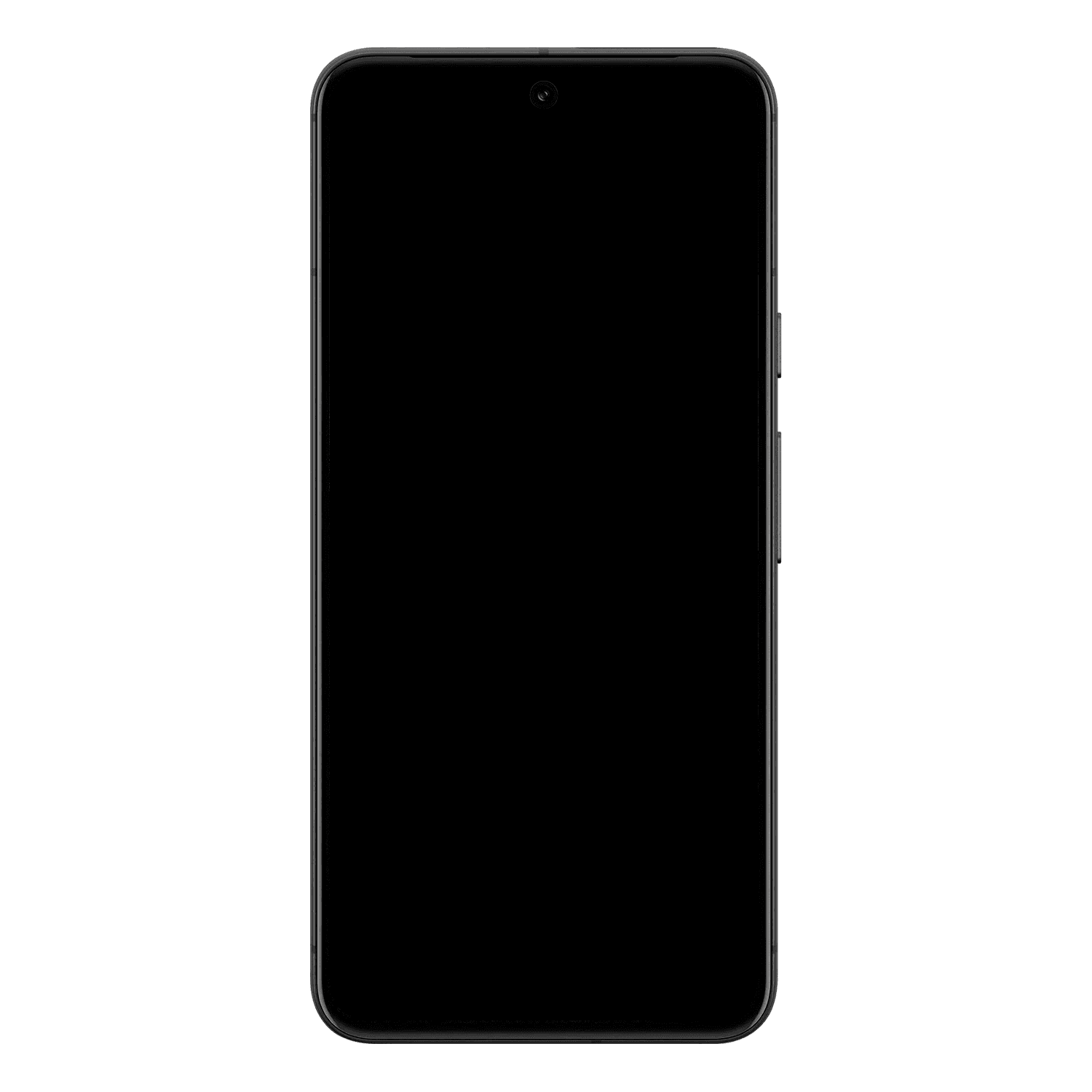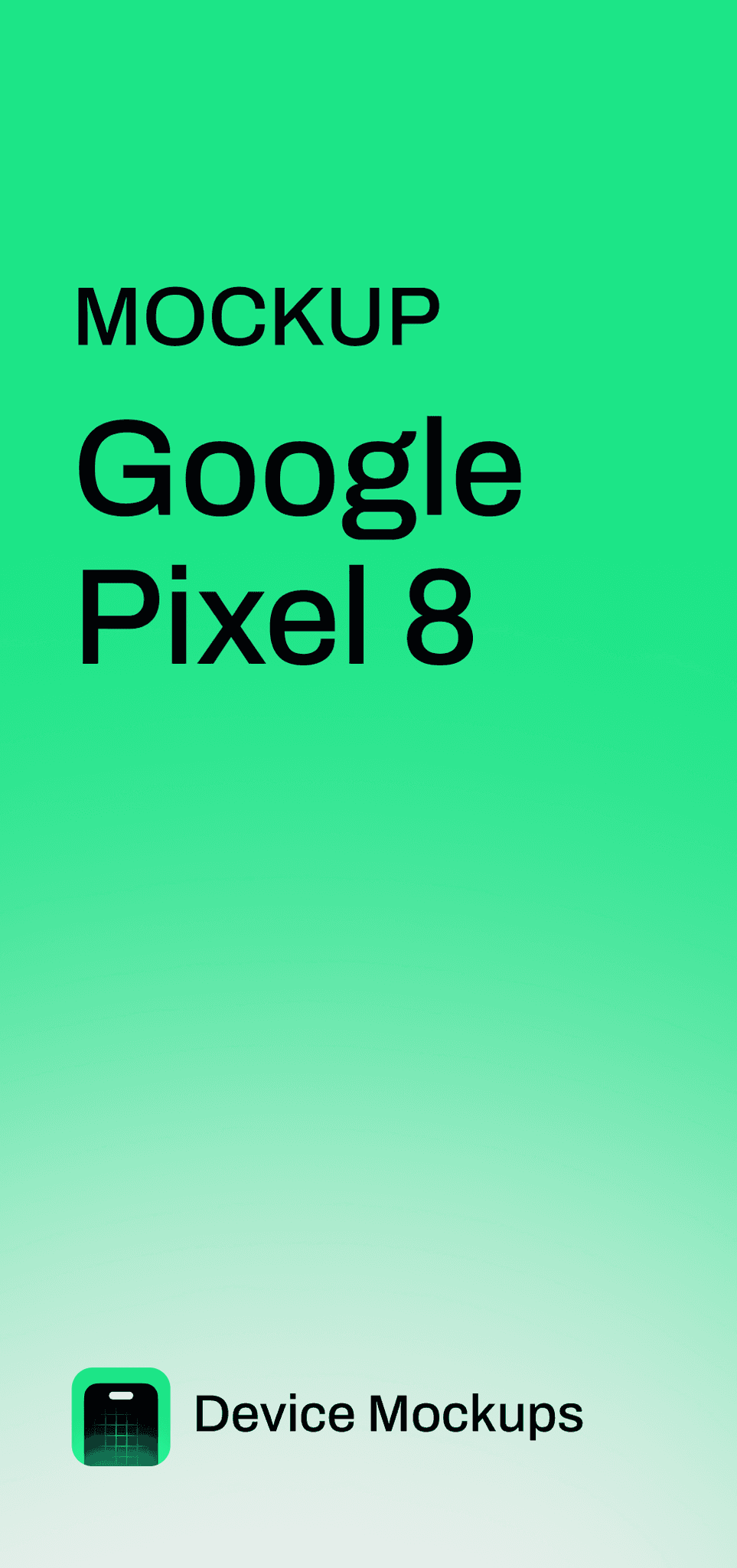Social anxiety is widespread. So why aren't social
confidence improvement apps more widely used?
I researched the topic and designed a social confidence-boosting app called Poise to analyze and assess this problem.
10 min read · Apr 7, 2025
Project Overview
Social anxiety is a very prevalent issue and crippling condition. Yet, few people seek online help for it.
Through user interviews, prototype testing and questionnaires, I identified many user adoption barriers for apps in this category. This led to me ponder and implement design solutions to address those issues.
I also assessed the desirability of a human mentorship app designed to help individuals with scenario-specific social anxiety.
Project Length: 1 month
Designer: Myself
Researcher: Myself
Research Participants:
8 People
5 Male, 3 Female
Ages: 30-40

My Deliverables
Low and Hi-Fi Wireframes
3 Hi-Fi Prototypes
12 User Interview/Testing Summaries
21 User Interview Questionnaires
3 User Flow Charts
2 User Personas
Affinity Map
Branding: Moodboard, Style Tile, Company Logo
UI Kit
The Problem
My research shows limited use of social confidence improvement apps primarily due to skepticism of their effectiveness, cost, and fear of seeking help.
The issue of skepticism, in particular, prompts a discussion on how designers can enhance the desirability of social skill improvement apps.
Why This Problem Matters
Social anxiety and a lack of confidence in your social skills can be incredibly overwhelming. Effective and confident communication is crucial for achieving one's full potential in personal and professional life.
I know from both personal experience and user testimonials how debilitating social anxiety and poor communication skills can be.
Therefore, interpersonal communication improvement apps need to be more appealing and trustworthy so that people are more willing to get the help they need.
8.33/10
Average score of the 9 users who were asked about the prevalence of social anxiety, on a scale of 1 to 10
"I know for a fact that many people, including myself, struggle with various types of communication in different settings, so there's definitely a large addressable market of people that this app could help." - research participant
Settings/Scenarios that Social Anxiety Commonly Effects
Work
Difficult to effectively communicate in interviews/meetings
Dating
Challenging to be present and connect with the other person
Family
Talks with family may be avoided and anxiety provoking
Small Talk
Trouble starting and continuing general conversation
Conflict Mgmt
Unable to effectively resolve an issue with another person

Project Goals
Below are my original goals and then my post-research refined goals.
Initial Goals

Some of these goals can only be achieved when the app is more developed. Users would need a speech mentor to coach them and assess the app's effectiveness. Therefore, I had to pivot my goals and refine them.
Refined Goals
Insights
Determine key adoption barriers
Desirability
Determine how desirable my app design is
Ease-of-use
Determine how intuitive my design flows are for users
Barrier
Solutions
Implement solutions in my design that fight user barriers
Appealing
Design an app that is deemed appealing to young professionals
After defining my problem and refining my project goals, I felt ready to begin the research and design process…
Design Process
User Interviews
I conducted 7 user interviews to gauge initial interest and insights in a social confidence improvement app.
Research Synthesis
I grouped together key insights brought up during the user interviews.
Designed and Tested Low-Fi Wireframes
All 7 interview participants tested my low-fi wireframes and completed a questionnaire regarding the design.
Branding
I designed the app to differentiate it from the current social confidence boosting apps on the market. I gave it a professional appearance that would appeal to all ages.
Designed and Tested Hi-Fi Prototypes
Received further tester input on the direction and desirability of my design.
Prototyped Final Design
Using the insights from the hi-fi wireframe tests, I included the most requested features into my final design and made it an interactive prototype
User Interviews
Top 6 User Adoption Barriers
Users selected from a list of 22 adoption barriers for a communication improvement app.
The following are the top 6 selections and the percentage of participants that voted for them:
#1 - Cost
100% user voted
#2 - Time commitment
89% user voted
#3 - Skepticism
67% user voted
#4 - AI-only feedback
44% user voted
#5 - AI skepticism
44% user voted
#6 - Poor mentor pairing
33% user voted
Top 6 User Feature Requests/Necessities
Research participants selected from a list of 13 app features that would be most important to them.
The following are the top 6 selections and the percentage of participants that voted for them:
#1 - Free trial or session
89% user voted
#2 - Human mentorship
78% user voted
#3 - Feedback/scoring dashboard
67% user voted
#4 - Professional app appearance
67% user voted
#5 - User ratings in app
67% user voted
#6 - Fair cost
67% user voted
Top 3 Human Mentor Reports
Research participants selected from a list of 7 reports and these were their responses:
#1 - Improvement tips
100% user voted
#2 - Areas of strengths and weaknesses
75% user voted
#3 - Area-specific progress/score reports
63% user voted
Interview Insights and Synthesis
Prevalence
All research participants viewed social anxiety as a moderately-large to large problem in society
Scenario-specific support
One of the most common user comments was that it would be very helpful to have setting-specific support for social confidence improvement.
Desirable, but skeptical
The idea behind interpersonal communication improvement apps is desirable, but research participants are skeptical of their actual effectiveness
Cost is critical
It was the leading factor in whether or not someone would try an interpersonal communication improvement app
Human mentorship is key
After cost, the option for human mentorship was the next major topic of discussion. AI feedback isn't fully trusted yet for an app in this category. Users feel humans would know the nuances of communication much better than AI.

Branding
Through competitor research, I noticed that the leading interpersonal communication improvement apps had an adolescent appearance. I had several users concur with me on that.
So, I decided to create an app that was more appealing to young professionals.
Project Colors
Key Image
Gibson, Semi Bold, 36px
Gibson, Medium, 28px
h1
h2
h3
b2
b2
#44631F
#765410
#C37012
#F6AD22
#FFFF00
Gibson, Light, 16px
Gibson, Light, 20px
BUTTON
Version 1
Style Tile
Poise
Iconography
Components
BUTTON
Gibson, Bold, 48px

Adjectives
Clean
Modern
Trustworthy
Monochrome
Confident
Informative
Label
Label
Description
Label
Description
According to the Merriam-Webster Dictionary, the word "poise" means "easy self-possessed assurance of manner; gracious tact in coping or handling." Essentially, I wanted the brand to convey a sense of calmness under pressure. Poise would assist users in attaining and maintaining calmness in high-pressure social settings, through practice and preparedness.
I created a logo in Figma that fit the intended minimalist theme. The slight smirk on the face shows confidence.
P ise
P ise
poise
Poise
Poise
poise
Designed and User-Tested Hi-Fi Prototypes
I created wireframes that implemented many of the highly suggested user feature requests:

Effective Mentor Pairing Process
This was a key necessity for users to feel confident in the app. Research participants were asked if the questions posed were deemed sufficient and effective for confident pairing.
Mentor Progress Report Dashboard
Research participants made it clear that they wanted human mentor feedback in the app. They also have the option to get AI feedback since research participants did not completely rule out AI feedback.


Mentor Background Transparency
Since the option for human mentorship is so critical for the user, it was important to make each mentor's background very transparent to the user.
The user would be able to watch an introduction video from the mentor, see their education, expertise, experience, and age. All of these mentor profile features were requested during user interviews.
Practice Mode
Users can practice for specific social settings, like an interview and get real-time AI feedback after.


Rewards System
To further combat the cost adoption barrier, I decided to implement a rewards system that would both motivate the user and give them the opportunity for free or discounted sessions.
Success Metrics
"It seems to be a very convenient, practical solution to a very common problem." - research participant
"The app offers valuable skills for young professionals seeking to excel in the workplace." - research participant
9.00/10
Desirability of Poise app concept
Users really liked how Poise focused on human mentorship over AI mentorship.
9.38/10
Prototype overall appearance score
Users liked the clean, minimalist and motivating design
9/9
Target Audience
All 9 users stated that the app design best targeted young professionals - the intended target audience.
Determine key user adopotion barriers
I had 9 participants complete a questionnaire and they confirmed several common barriers. Cost and trust in effectiveness were the top 2 barriers.
9.63/10
Ease-of-use of mentor pairing process score
Users found this process very easy and gave many great insights on how to improve phrasing
8.13/10
Ease-of-use of job interview prep process
Users had difficulty finding the "progress" button in the bottom nav bar since the bottom nav isn't always visible in the Figma prototype. Other than that, they found the process very intuitive.
9.00/10
Ease-of-use of progress dashboard process
Build lightning-fast, globally optimized sites.
8.88/10
Mentor pairing process fatigue score
Users found the amount of time and effort involved in the mentor pairing process very acceptable
$49.99/hr, $7.95/mo
Establish a price majority of users agree with
Cost was the most critical factor for users. 7/9 users agreed that $49.99/hr for a human mentor and $7.95/mo for AI feedback was a fair cost.
Up Next
To advance this app concept, I would interview professional speech therapists and mentors to gain their insights on my design work. This would give me more proven solutions to making a more desirable social skills improvement app.
Thank you for reading!
Back to Top





